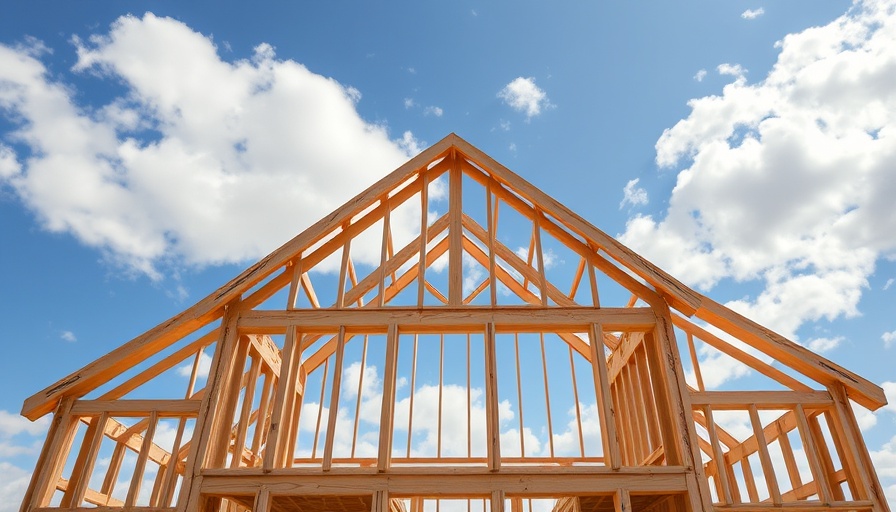
March's New-Home Sales Defy Expectations
The real estate market in March was positively buoyed with newly constructed single-family homes, as sales hit a remarkably robust 724,000 units, far exceeding analysts' expectations of just 680,000 units. This growth, reflecting a surge of 6 percent year-over-year and a 7.4 percent rise from February, was welcomed news amid a challenging economic landscape.
Regional Sales Dynamics
A closer look at the data reveals distinct regional trends. The South spearheaded this upward movement, witnessing an impressive increase of 13.6 percent in new-home sales from February to March. In contrast, the Northeast experienced a sharp decline, with sales plummeting by 22.2 percent. This divergence underscores the regional disparities that often characterize real estate movements, influenced by local markets' conditions and buyer sentiment.
Factors Influencing Sales Growth
While the recorded sales were indeed encouraging, the current climate remains complex. High home prices and elevated mortgage rates continue to challenge potential homebuyers. According to Robert Frick, an economist at Navy Federal Credit Union, the increased sales in March may be attributed to a post-winter recovery, suggesting a rebound from the earlier slumps caused by harsh weather. "Sales remain stuck in a post-COVID range, influenced by the prevailing economic conditions shaping buyer confidence and finances," he noted.
Insights into Pricing Trends
The median sales price of new homes sold in March was $403,600, marking a 7.5 percent decline compared to last year, while the average sales price fell to $497,700, down 4.7 percent. This reduction in pricing could be a double-edged sword—though they may attract some buyers, they also reflect larger issues of affordability that deter many potential purchasers from entering the market.
Looking Ahead: Challenges on the Horizon
Experts are cautiously optimistic about the future of new-home sales. With 503,000 new homes available at the end of March, representing an 8.3 months supply at current sales rates, there are opportunities for growth. However, with economic pressures mounting—most notably from new tariffs impacting construction materials—the landscape might change. The next month’s sales could very well reflect the underlying tensions in the market.
Conclusion: What This Means for Homebuyers and Sellers
The mixed bag of encouraging sales and ongoing economic challenges puts buyers and sellers in a unique position. For homeowners looking to sell, this might be a lucrative moment to enter the market. Conversely, those considering purchasing must navigate high costs and potentially persistent barriers.
With spring in full bloom, now is the time for potential buyers to weigh their options carefully and sellers to harness this period of heightened activity.
Take Action!
As you consider your next steps in the housing market, remember that staying informed about market trends can help you make wiser decisions. Whether you’re buying or selling, having the right insights can empower you to act confidently!
 Add Row
Add Row  Add
Add 




Write A Comment